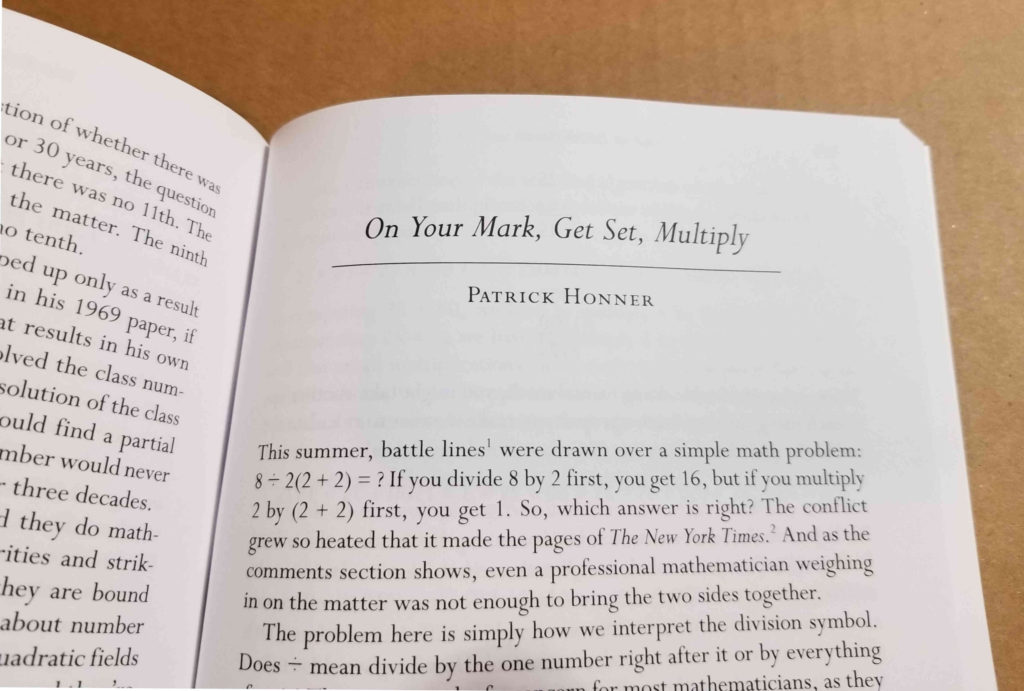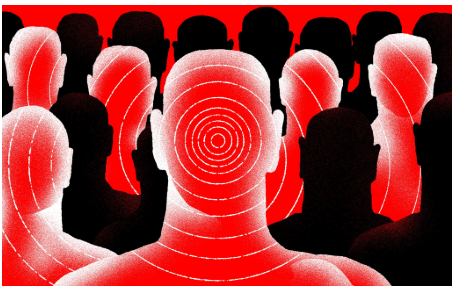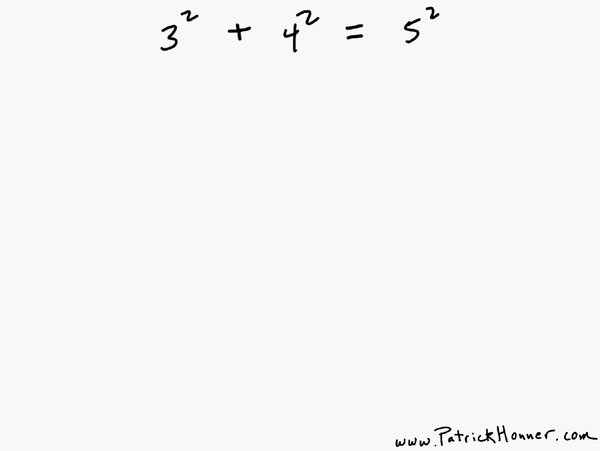The pandemic ate into my reading schedule this past year: Fewer commutes and less quiet leisure time meant less time for books. Though I didn’t quite keep pace with the past few years, I still read lots of great books in 2020. Here are some highlights.
I started the year by completing Cixin Liu’s Remembrance of Earth’s Past trilogy. I read The Three Body Problem at the end of 2019, and The Dark Forest and Death’s End were my sci fi start to 2020. It’s an interesting and ambitious story told with great imagination and detail. The Dark Forest was my favorite, but I read the the series eagerly from beginning to end. The cultural imprints on the traditional space story were also interesting to me, as someone who has lived in China but hasn’t read much Chinese literature.
As in years past, Ursula Le Guin filled much of my fiction diet in 2020, though this year it was more her fantasy work that I read. I completed the Earthsea cycle, her fantasy series about wizards and dragons aimed at young adults, and continued to enjoy her deliberate approach to storytelling and world-building.
Another notable fiction read for me this year was Charles Dickens’s A Tale of Two Cities. I read this on the recommendation of Christopher Long (and Daryl Morey) and enjoyed it far more than I expected. (I think I’m still traumatized by reading some Henry James in middle school.) The historical drama also provided a nice contemporary counterpoint to all the Hamilton conversations in my household.
I read If This is a Man (also published as Survival in Auschwitz) by Primo Levi early this year. A colleague recommended the book, suggesting that Levi’s writing style, informed by his training as a chemist, appeals to the scientific-minded. Levi’s clinical descriptions of the organization, structure, and relationships of his concentration camp life were vivid and compelling. But I think it’s the writing of Levi the survivor and philosopher that stuck with me the most. It was a meaningful book to read in the cultural landscape of 2020.
Another such book, surprisingly, was Life in the Confederate Army, by William Watson. Watson was a Scottish-born engineer living in Louisiana in the 1860s who ended up volunteering to fight for the Confederate army at the beginning of the American Civil War. Watson describes the lead-up to war from his perspective, and documents his experiences as a confederate soldier with an engineer’s precision. As a first-person history it’s a fascinating account, but despite the author’s claims it certainly isn’t an objective history. In Watson’s telling, the South is the victim of failed federal leadership and corrupt politicians on both sides, reluctantly forced into war due to Northern aggression and hypocrisy. It’s a fascinating read with probably far too much to say about our current times.
Another all-too-relevant-at-the-moment book was On Bullshit by Harry G. Frankfurt. I remembered the buzz this created 10 years ago, and examining the philosophical differences between lies and bullshit is probably even more practically applicable now than it was back then.
Another fascinating first-person history I read this year was Nine Years Among the Indians, by Herman Lehman. As an 11-year old boy, Lehman was captured by Apaches and taken from his home in Texas in 1870. He lived among Apaches and Comanches for 9 years, adopting their ways and customs and living as one of them. In 1879 he was returned to his family against his will, and struggled to adapt to his old life. It’s an eye-opening tale of Native American and American life from that era.
Cal Newport’s Digital Minimalism made an impact on me this year. Though it contained nothing shocking, it presented and summarized ideas like the attention economy and the disruption of solitude in a digestible way that resonated with me. It definitely pushed me to reflect on and rethink how I live my digital life.
I also read several good mathematics and science books in 2020. The Secret Formula, by Fabio Toscano, is an exciting tale of intrigue, betrayal, and factoring cubic equations. My life has been greatly enriched by learning about the mathematical duels of the Renaissance era. I also enjoyed Hot Molecules, Cold Electrons by Paul J. Nahin, the story of the laying of the trans-Atlantic telegraph cable and the math and science that went into it.
The best science book I read this year was Tales from the Ant World, by E.O. Wilson. This short book about Wilson’s career and life as a naturalist and myrmecologist is packed with fascinating facts about ants. It was a nice follow-up to a workshop I took on ants earlier in the year, and it made ants a daily topic of conversation in our house for a time.
And to close things out with some celebratory self-promotion, The Best Writing On Mathematics 2020 is one of the most important books of the year to me personally, as I’m published in it! As I said on Twitter, it’s still a bit hard to believe.
As always, I’m grateful for great recommendations and for the Brooklyn Public Library system. My reading list for 2021 is already growing, so if you have recommendations of your own please let me know!
Related Posts


